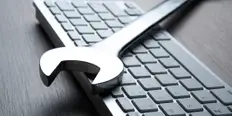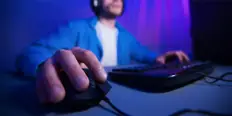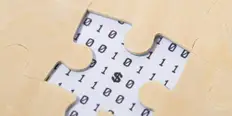Chat with Ava - Your AI Business Consultant
Hi I'm Ava, your AI guide to supercharging your business!
Whether you're already running a business or dreaming of starting one, I'm here to help turn your vision into reality using AI powered freelancers. Share your business goals, and together, we'll create a project that our talented freelancers can bid on. Let's make your vision a reality!
I have a business
I'm starting a business
Something went wrong while sending the conversation to your email. Please try again later.
You can only save your conversation once per hour. Please try again later.
Your conversation is too short. Keep chatting with Ava to enable saving.
9 cool things you can do with CSS functions
CSS has gone way beyond simple aesthetics to create incredible functionality. Here are 9 cool you can do with CSS that you're probably unaware of.
Sep 11, 2019 • 4 minute read
Updated on Jan 21, 2020 by Closed User
D
Closed User
Copy to clipboard failed, please try again after adjusting your permissions.
Copied to clipboard.

How web developers can use CSS to its full potential
1. Typewriter effect
2. Animations with cubic-bezier()
Featured Work in Website Design
3. Intelligent grids with the calc() function
4. Bring into line position:fixed Elements with CSS calc()
5. Pure CSS Tooltips
6. Custom Data attributes and the attr() Function
Freelance Website Design Experts
7. CSS Counters
8. Frosted Glass with CSS filters
9. Using HTML elements as Background Images
Featured Work in Website Design
Related Stories
Talk to one of our Technical Co-Pilots to help with your project
Recommended Articles Just for You
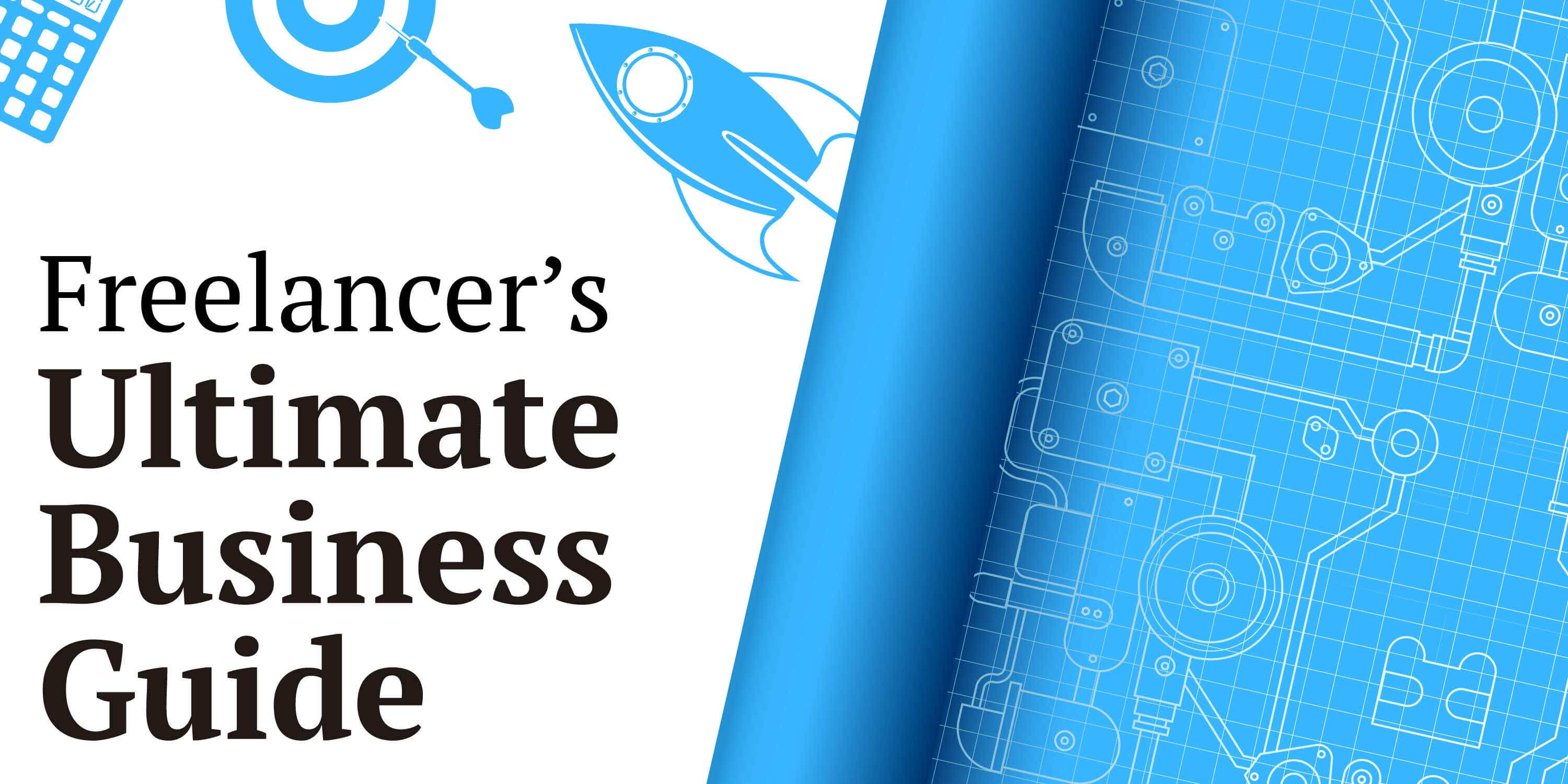
Our ultimate guide will help you write a business plan investors will be ripping out of your hands. Learn how to expertly craft each section of it.
22 min read

A million dollar business idea is useless if it remains written on a napkin. Learn the best ways of securing funding to build your dream.
26 min read
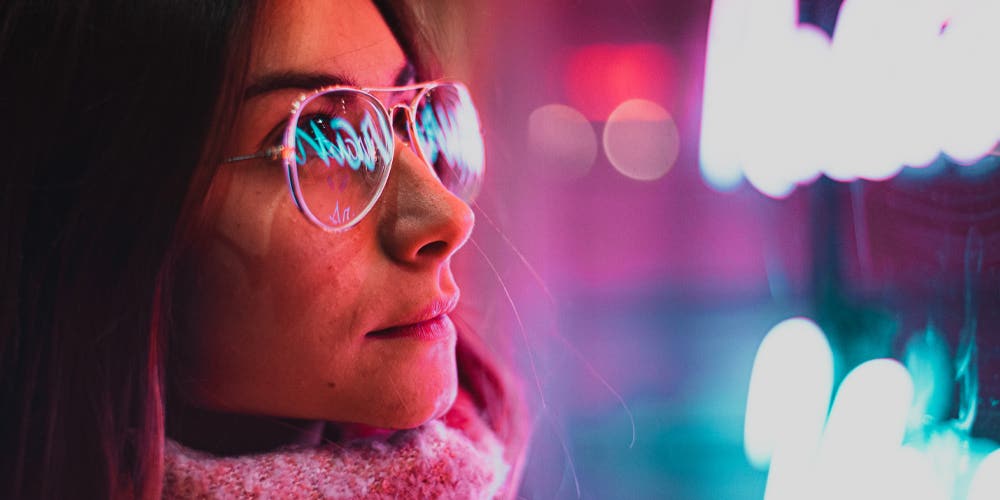
Effective social media marketing is crucial your brand. Learn how to hire a social media expert to bring you maximum results for minimum investment
10 min read

Learn the complete end-to-end process of building a successful website for your business in our comprehensive guide
19 min read
Thanks! We’ve emailed you a link to claim your free credit.
Something went wrong while sending your email. Please try again.
Loading preview
Permission granted for Geolocation.
Your login session has expired and you have been logged out. Please log in again.


































